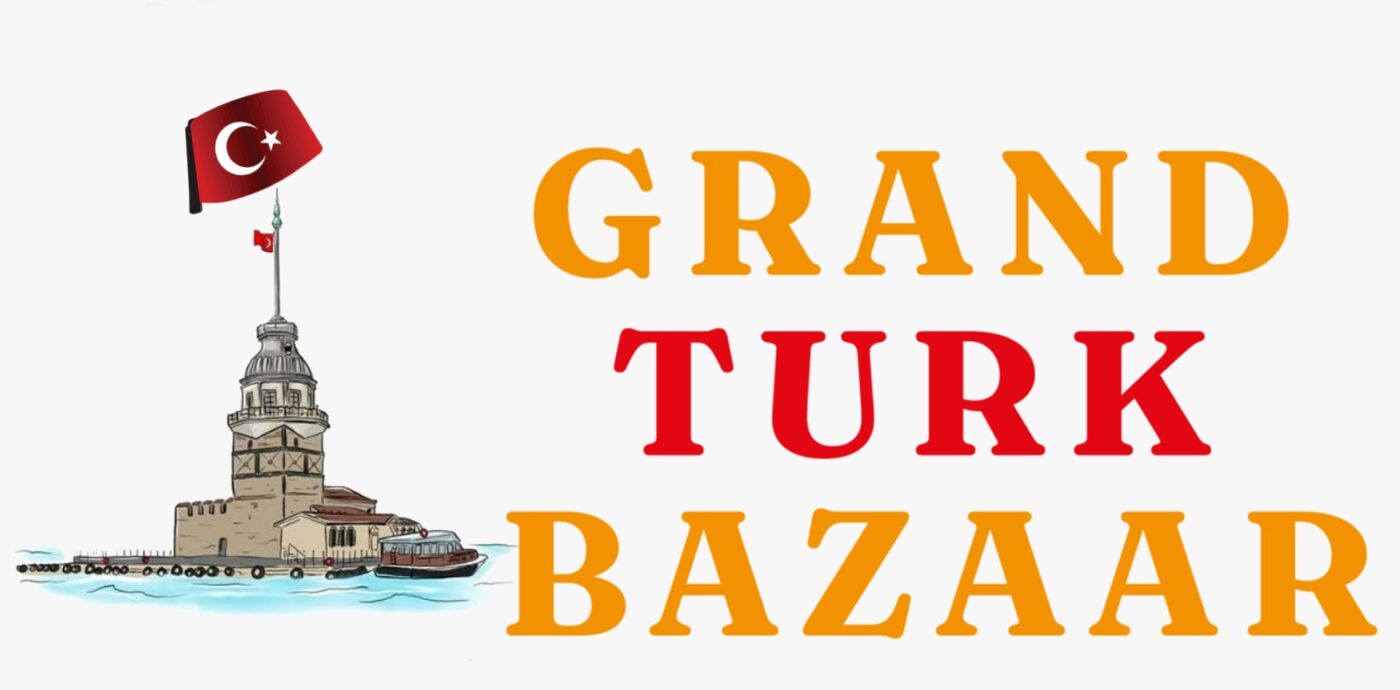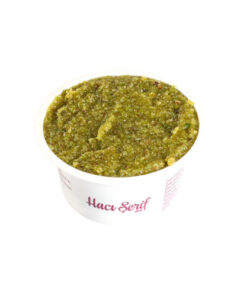
History of the Grand Bazaar
The Grand Bazaar, or Kapalıçarşı in Turkish, is not merely a marketplace; it is a historic, cultural, and gastronomic treasure trove that has withstood the test of time. Located in the heart of Istanbul, this sprawling labyrinth of shops, stalls, and eateries dates back to the 15th century. It is a vibrant testament to Istanbul’s rich history and a testament to the city’s role as a bridge between the East and the West.
A Historical Gem
The Grand Bazaar’s history can be traced back to 1455, shortly after the Ottoman conquest of Constantinople. Sultan Mehmed the Conqueror ordered the construction of the Bazaar, which began with the establishment of two bedestens (domed structures) used for trading textiles and precious goods. Over time, the market expanded, and by the 17th century, it had reached its current size, covering over 30,000 square meters with more than 60 streets and alleys.
The architecture of the Grand Bazaar is a blend of Byzantine and Ottoman influences, with its vaulted ceilings, intricate mosaics, and bustling corridors. The market has survived fires, earthquakes, and numerous renovations, yet it retains its historical charm and continues to be a focal point of commerce and culture in Istanbul.
The Importance of the Grand Bazaar
The Grand Bazaar is more than just a shopping destination; it is a microcosm of Turkish culture and heritage. For centuries, it has been a hub for merchants and traders from around the world, reflecting Istanbul’s position as a major trading center. Today, it attracts millions of visitors annually, including tourists, locals, and international buyers seeking unique and high-quality products.
The market is renowned for its wide variety of goods, including traditional Turkish carpets, exquisite jewelry, ceramics, antiques, textiles, and spices. Each shop and stall tells a story of craftsmanship and tradition, passed down through generations. The Bazaar is also a place where visitors can experience the art of haggling, a practice that adds to the vibrant and dynamic atmosphere of the market.
Culinary Delights of the Grand Bazaar
One cannot explore the Grand Bazaar without indulging in its culinary offerings. The Bazaar is a haven for food lovers, offering a myriad of traditional Turkish delights that tantalize the taste buds.
Turkish Delight (Lokum): This iconic sweet treat, made from sugar and starch, comes in various flavors, including rose, lemon, pistachio, and pomegranate. Many shops in the Bazaar offer samples, allowing visitors to taste before they buy.
Baklava: Another must-try is baklava, a rich, sweet pastry made of layers of filo dough filled with chopped nuts and sweetened with honey or syrup. The Bazaar’s baklava shops are known for their high-quality ingredients and traditional recipes.
Spices and Teas: The Spice Bazaar, located within the Grand Bazaar complex, is a sensory overload with its vibrant colors and aromatic scents. Here, you can find an array of spices, herbs, and teas, including saffron, sumac, and Turkish apple tea.
Simit: A popular street food, simit is a circular bread encrusted with sesame seeds. It is often enjoyed with tea and can be found at various stalls throughout the Bazaar.
Turkish Coffee: No visit to the Grand Bazaar is complete without a cup of traditional Turkish coffee. Brewed slowly and served in small cups, it is a strong, aromatic coffee that is an integral part of Turkish hospitality.
Kebabs and Mezes: For a more substantial meal, there are numerous eateries offering kebabs, mezes (appetizers), and other traditional Turkish dishes. These establishments provide a perfect respite from shopping and a chance to savor authentic Turkish cuisine.
Visiting the Grand Bazaar
When planning a visit to the Grand Bazaar, it is advisable to set aside several hours to fully immerse yourself in its offerings. The market is open from Monday to Saturday, with most shops operating from 9:00 AM to 7:00 PM. Early mornings and late afternoons are ideal times to visit to avoid the peak crowds.
Navigating the Bazaar can be a delightful adventure. While it is easy to get lost among its maze-like alleys, part of the charm is discovering hidden gems and unexpected treasures. It is recommended to wear comfortable shoes, as there is much ground to cover, and to bring cash, as some smaller vendors may not accept credit cards.
Conclusion
The Grand Bazaar of Istanbul is not just a marketplace; it is a living museum of history, culture, and gastronomy. It encapsulates the essence of Istanbul, a city where the past and present intertwine seamlessly. Whether you are seeking unique souvenirs, eager to taste traditional Turkish delicacies, or simply wishing to soak in the vibrant atmosphere, the Grand Bazaar offers an unforgettable experience. As one of the world’s oldest and largest covered markets, it continues to captivate visitors with its timeless allure and boundless charm. Visit the Grand Bazaar and step into a world where history and culture come alive in every corner.





















